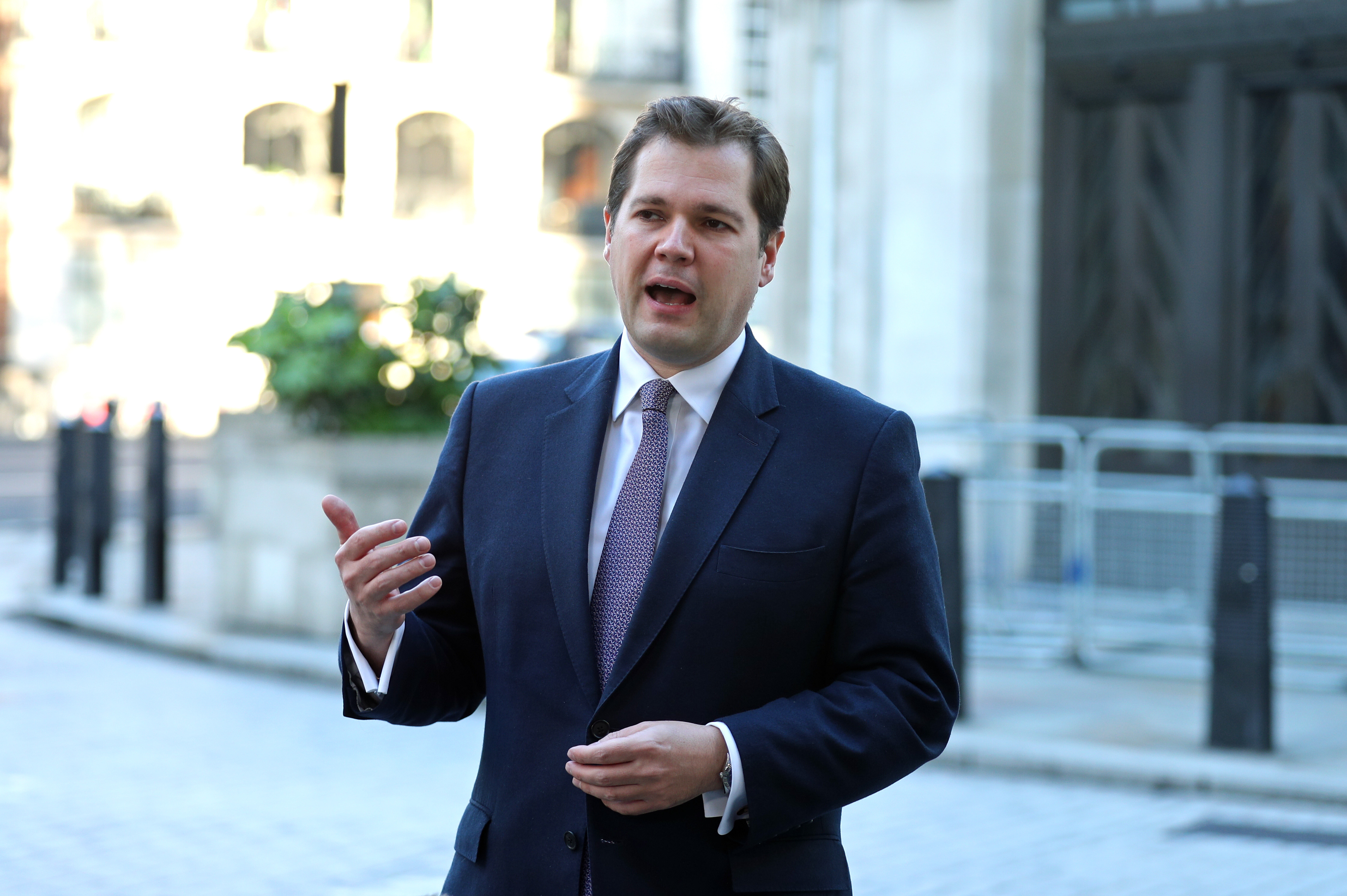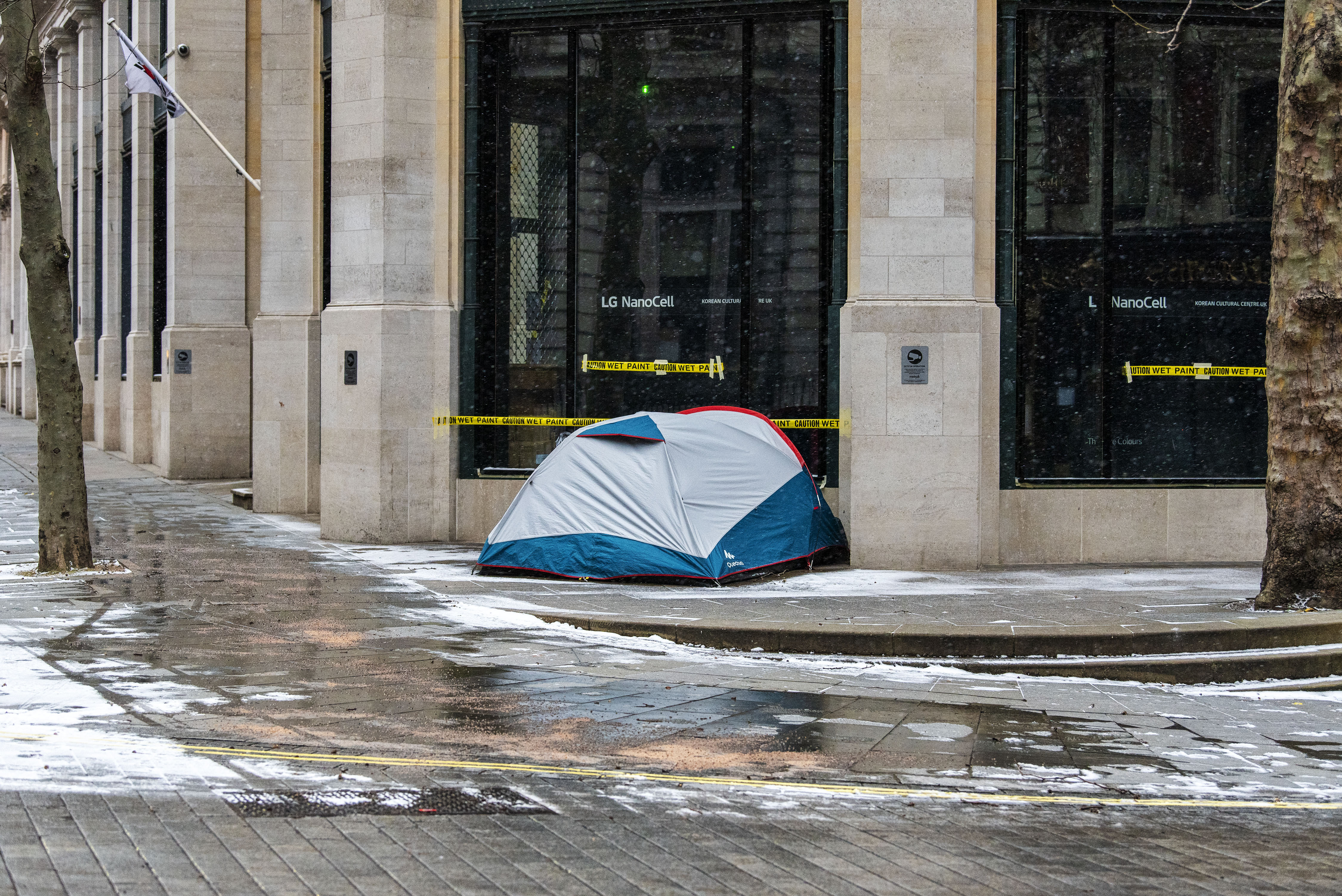One year ago today, Everyone In was launched. As a deadly pandemic gripped the world, extraordinary efforts were made to get people sleeping rough off the streets.
We often hear that ending homelessness is impossible, but Everyone In showed what can be done. There were gaps; Shelter’s services supported people who were turned away by councils. But thousands were helped, and countless lives were saved. The impossible was made possible with political will.
However, Everyone In is just one small part of the pandemic housing picture. As thousands of people were taken off the streets, easily ten times as many have been pushed to the brink of homelessness. In fact, six million people in England are now more afraid of becoming homeless due to the pandemic.
Shelter has heard horror stories throughout: a hospital worker threatened with illegal eviction by their landlord; a homeless mother living in a cramped hostel room with her children, unable to self-isolate when another resident got Covid-19; a taxi driver living off Oxo cubes and sleeping in his car as the world shut down around him.
As the public mood lifts with every vaccine dose, we continue to face enormous demand. In the winter of 2020, someone new called our helpline every minute.
But can we be surprised? We were in the grip of a housing emergency that was destroying millions of lives when Covid-19 arrived. Over a million households were on the waiting list for a social home, and councils were unable to cope with the demand for homelessness support. Throw a global pandemic on top and the emergency has escalated to dizzying new heights.
More than a quarter of a million people – half of them children – are homeless and trapped in temporary accommodation.
Last March, Boris Johnson issued a stark instruction to the nation: “Stay at home”. A shock to the system – and all of us were affected in some way. Those of us lucky enough to keep our jobs turned kitchens into offices, worked out to Joe Wicks and baked banana bread. We were safe – thanks to our homes.
But as one homeless single dad forced to sofa-surf throughout the first lockdown said to us: “We’re all in the same storm, but we’re not in the same boat.”
More than a quarter of a million people – half of them children – are homeless and trapped in temporary accommodation. They have endured the pandemic and its various lockdowns in terrible conditions, crammed into emergency B&Bs and hostels, without a private bathroom or kitchen. Others are living in damp bedsits miles away from everyone and everything they know.
How can you follow public health guidance or self-isolate when your whole family lives in one room? How can you keep your hands clean in a mouldy bathroom shared with 20 strangers?
Analysis from the University of York’s Centre for Housing Policy found that those living in poor and overcrowded housing were at greater risk of infection from Covid-19.
The government said nobody should lose their home due to coronavirus, and various eviction bans and longer notice periods have been put in place. The latest ban on evictions by bailiffs is due to lift on 31 May. What happens to struggling renters then?
The economic chaos unleashed by Covid-19 has also left many hanging onto their homes by a thread. Their job or their wages have evaporated, leaving hundreds of thousands of renters in debt through no fault of their own. By December 2020, almost 450,000 private renters in England were either behind with their rent or had received an eviction notice.
The government says it wants to end homelessness, and Everyone In has proven what political will can do.
Two million renters have lost income in the past six months, and many are skipping meals and borrowing money to pay their rent. Shelter, alongside landlord bodies and other charities, has repeatedly urged the government to help renters clear “Covid rent arrears”, but financial support has not materialised. Without it, an evictions crisis is inevitable.
Past times of crisis have led to momentous change. The NHS was born out of the Second World War, and the welfare safety net grew most strongly in the post-war economic struggles.
In fact, the first mass social housebuilding programme in England was born out of a 20th Century health crisis: good-quality housing was essential for combating the spread of infectious diseases like tuberculosis.
A century on from the first drive to build social housing, an infectious disease has claimed millions of lives and repeatedly exposed the dire shortage of safe and secure homes.
The government says it wants to end homelessness, and Everyone In has proven what political will can do.
The time for emergency measures is past. It’s now time for a recovery that starts at home. If the government is serious, it will build social homes that people on low incomes can actually afford.
It’s the only way to defeat the emergency to come.
Polly Neate is CEO of Shelter. Follow her on Twitter at @pollyn1. To contribute to Shelter’s urgent helpline appeal, Lives On the Line, visit shelter.org.uk/donate


